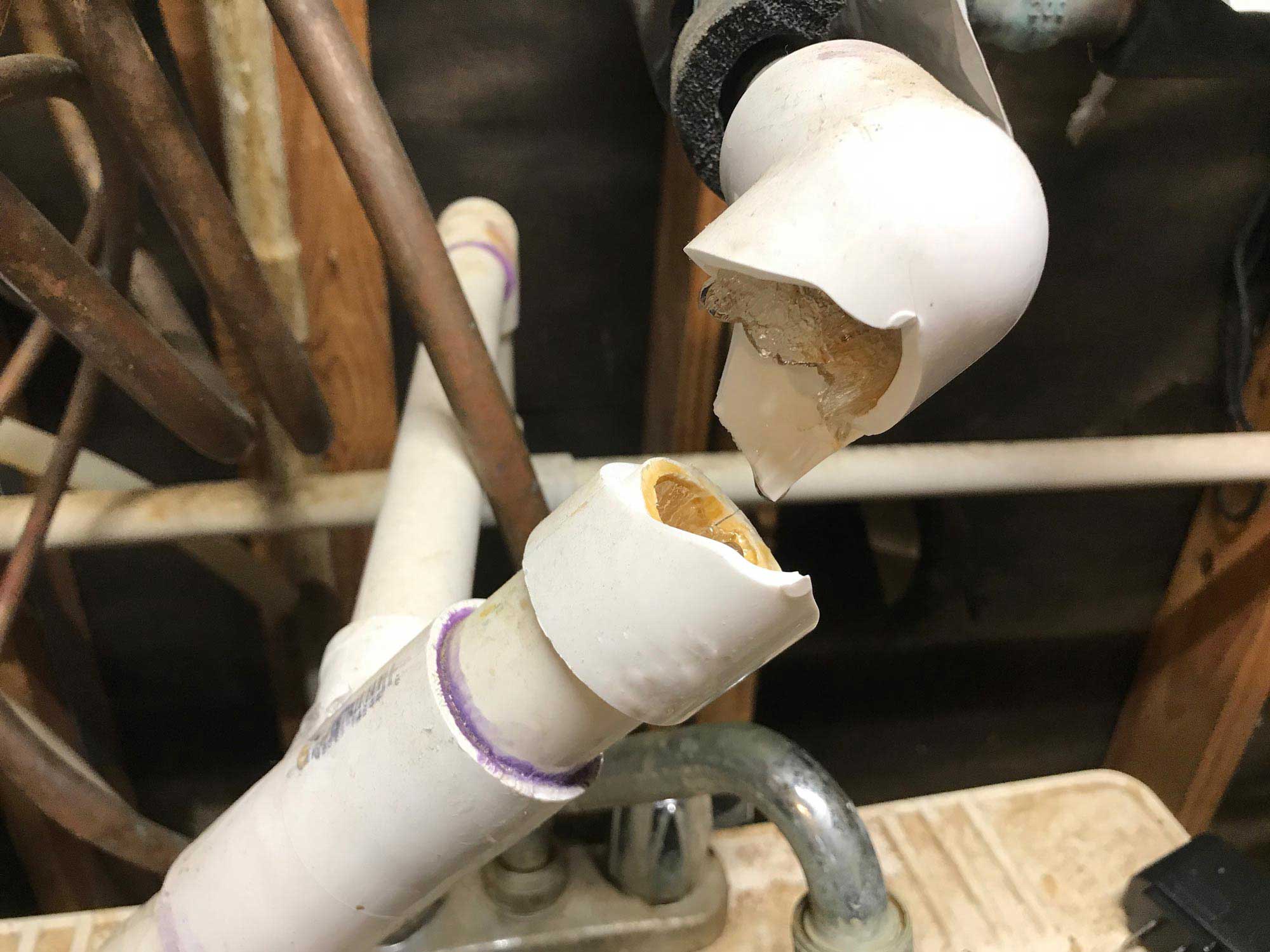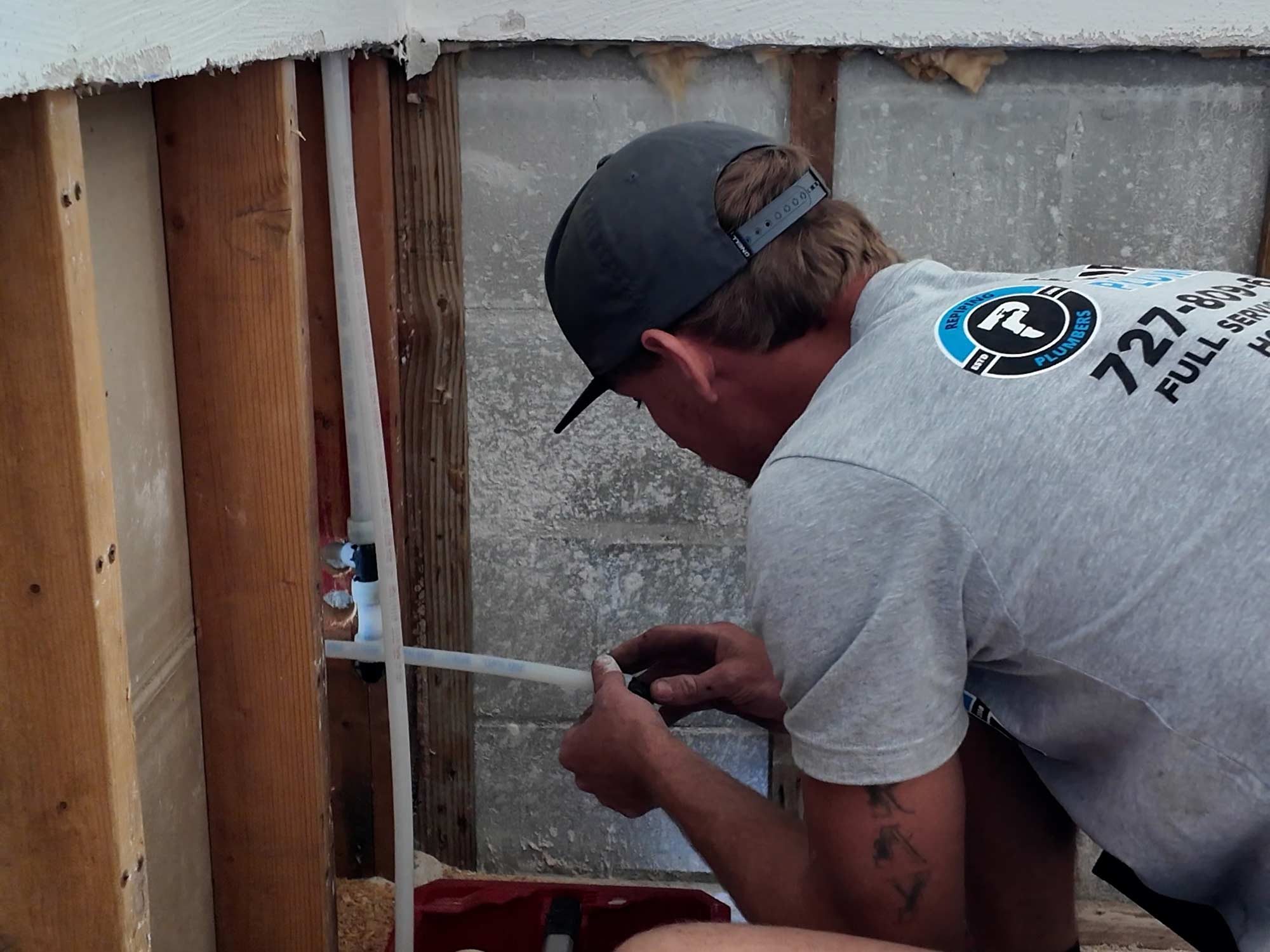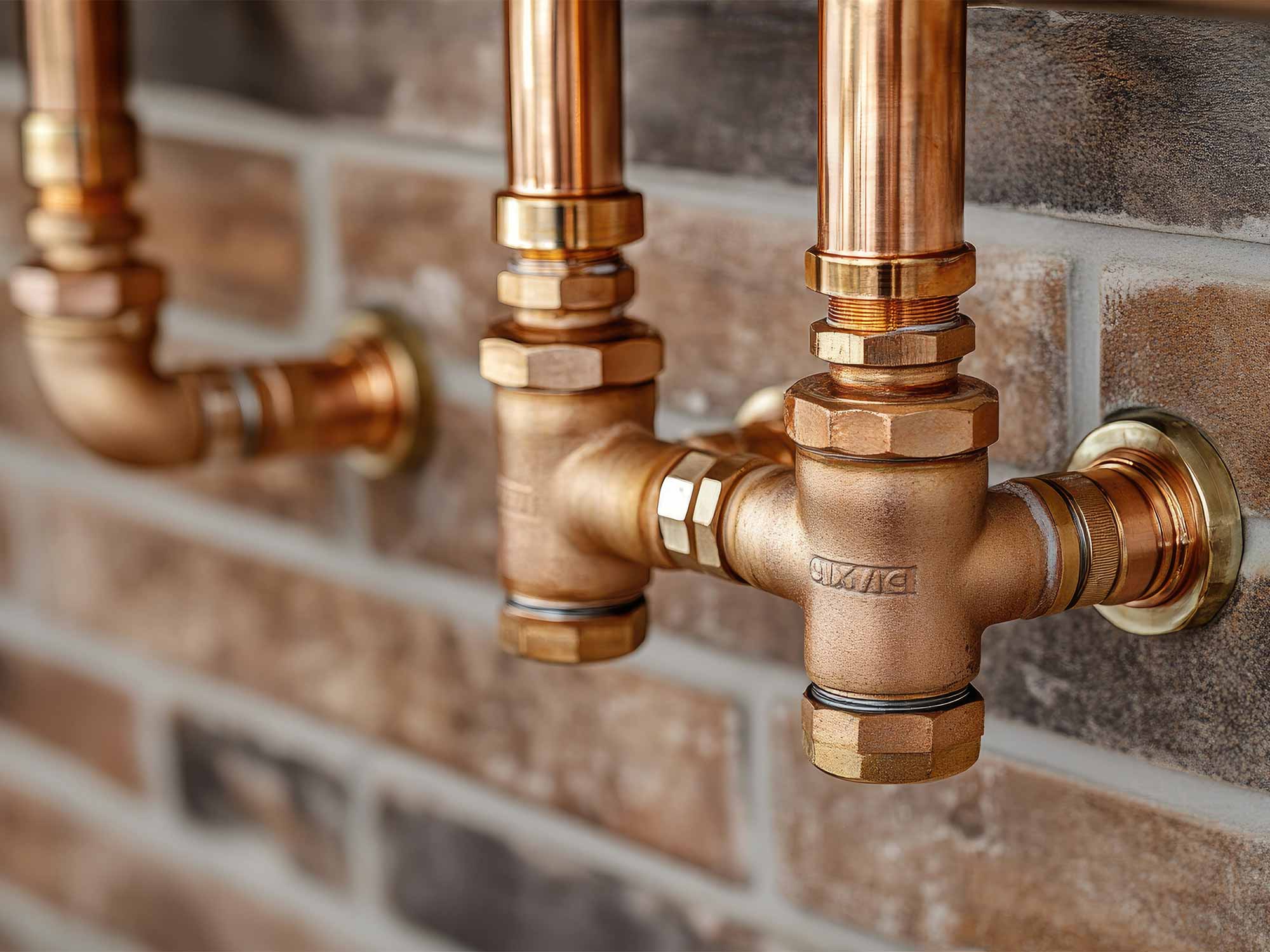When temperatures drop, one of the biggest concerns for homeowners is the possibility of pipes freezing and bursting. Traditional materials like copper and PVC are notorious for failing under freezing conditions, often leading to costly water damage and repairs.
However, newer materials like PEX (cross-linked polyethylene) piping have gained popularity for their flexibility and durability, even in harsh winter conditions. This raises an important question: will PEX piping burst when it freezes?
In this blog, we’ll examine how PEX performs in freezing temperatures, why it’s more resilient than other materials, and what you can do to protect your plumbing system during extreme weather.
What Happens to Pipes When They Freeze?
When water freezes inside a pipe, it expands. This expansion creates significant pressure within the pipe, which can lead to cracks or bursts in materials like copper or PVC. The damage often occurs at the weakest point in the plumbing system, such as joints or fittings.
The result of a burst pipe can be catastrophic, with water flooding the surrounding area as soon as the ice melts and pressure is restored. Preventing this type of damage is a top priority for homeowners, particularly in regions with cold winters.
How PEX Repipes Respond to Freezing
PEX piping has a unique advantage over traditional plumbing materials because it is made from cross-linked polyethylene, a flexible plastic. This flexibility allows PEX to expand and contract when exposed to temperature changes, making it far less likely to crack or burst under freezing conditions.
Here are some key reasons why PEX is more resilient to freezing:
- Flexibility — Unlike rigid materials, PEX can stretch to accommodate the expansion of frozen water. Once the ice melts, the pipe returns to its original shape without sustaining damage.
- Durability — The cross-linked structure of PEX gives it high tensile strength, allowing it to withstand the stress of freezing and thawing cycles.
- Fewer Joints — PEX is typically installed in long, continuous lengths, reducing the number of joints and fittings where leaks are most likely to occur.
While PEX is much less likely to burst when frozen, it’s important to note that it is not entirely immune to freezing-related issues. Prolonged exposure to freezing temperatures can still lead to complications, particularly if fittings or connections are not properly insulated.
How to Protect PEX Piping from Freezing?
Even though PEX is more freeze-resistant than other materials, taking precautions to protect your plumbing system is still essential. Here are some tips to minimize the risk of freezing:
- Insulate Pipes — Wrap exposed sections of PEX piping with foam insulation to reduce heat loss and help keep the pipes above freezing temperatures.
- Seal Drafts — Inspect your home for drafts around windows, doors, and foundation walls. Seal gaps with caulk or weatherstripping to keep cold air out of areas where pipes are located.
- Maintain a Warm Environment — Keep your home’s thermostat set to a consistent temperature, even when you’re away. Opening cabinet doors under sinks can also help warm air circulate around pipes.
- Allow Faucets to Drip — During extremely cold weather, leave a trickle of water running from faucets connected to PEX pipes. The movement of water helps prevent freezing.
- Drain Outdoor Lines — Disconnect and drain hoses and outdoor faucets before freezing weather arrives. This prevents ice from forming in exterior plumbing, which can affect interior lines.
What to Do If PEX Repipes Freeze?
If you suspect that a section of PEX piping has frozen, it’s important to act quickly:
- Locate the Frozen Section — Look for pipes that feel extremely cold to the touch or are frosted on the outside.
- Apply Gentle Heat — Use a hairdryer, heat lamp, or space heater to gradually warm the frozen section. Avoid using open flames or high heat, as these can damage the pipe.
- Check for Leaks — Once the pipe thaws, inspect it carefully for signs of cracks or leaks. While PEX is less likely to burst, damaged fittings or extreme pressure can still cause issues.
- Call a Professional — If you’re unable to thaw the pipe safely or if you discover damage, contact the Repiping Specialists at Repiping Plumbers for assistance.
Repipe Plumbing Conclusion
PEX piping is an excellent choice for homeowners looking to minimize the risk of plumbing damage during freezing weather. Its flexibility and durability make it far more resilient to freezing than traditional materials like copper or PVC. While no plumbing system is completely freeze-proof, taking precautions to protect your pipes and knowing how to respond if they freeze can save you from significant headaches and repair costs.
By understanding the properties of PEX and following best practices for winterizing your plumbing system, you can enjoy greater peace of mind when the temperatures drop. Whether you’re building a new home or upgrading your plumbing, PEX offers a reliable solution for managing the challenges of freezing weather.




